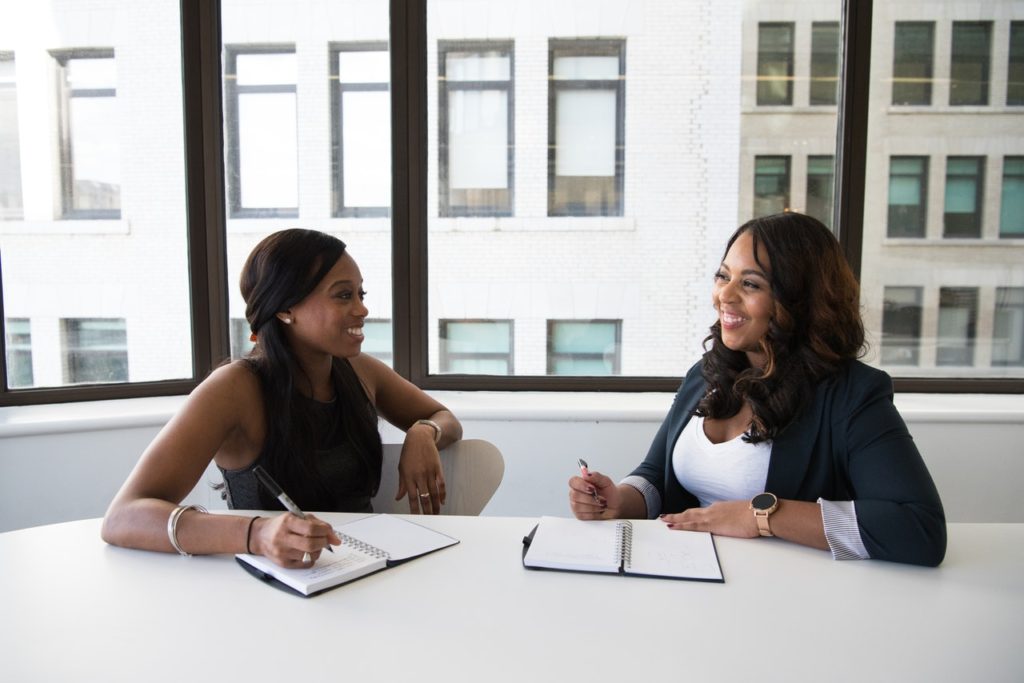How to Be Direct Without Being (or Seeming) Rude
Why is Direct Communication So Difficult?
By: Jessica Taylor, LPC
Being direct with someone when we have an issue with can be scary. There are a lot of reasons for this. Maybe you grew up in a house were things were not talked about, but rather “swept under the rug.” Or maybe you have tried in the past to communicate in a direct way and experienced the other person getting angry with you and ending the relationship. Whatever the reason, communicating in a direct way and getting good results does not need to feel impossible!
What Type of Communicator are You?
If you come to therapy to work on communicating better, your therapist will typically help you determine which style of communication you most often use. It is important to determine what communication style you have, so that you can clearly see what your strengths are when communicating, and what it is about communicating that you might need to work on.
Here are the four main styles of communication:
- Passive
If you have a passive way of communicating, you will often feel like a ‘doormat,’ allowing others to say or do things that upset you, without communicating this.
- Passive-Aggressive
If you communicate in a passive-aggressive way, you will likely attempt to get your feelings across in a non-verbal way. For example, you might say to the other person that everything is fine, but then give them the “silent treatment.”
- Aggressive
If you have an aggressive communication style, you will feel as though you must ‘win’ arguments or conversations, and you will sometimes even do this in a way that feels like bullying to the other person.
- Assertive
Communicating assertively is ideal, as this is when you feel able to communicate your thoughts and feelings in a helpful and direct way, but also feel that it is important to hear the other person’s point of view. This is the way to be mindful in your relationships.
Step One of Being Direct: What Do You Want?
When working with clients on improving direct communication, I find that they are often surprised that the first step is deciding what you desired outcome (or what you want to happen as a result of the conversation), should be the first step. If we were not modeled healthy and direct communication, we often just go into tough conversations with no plan. So, before going into a tough conversation and attempting to communicate in a direct way, make sure you know what you would like to happen as result of the conversation. For example, do you want to simply state your feelings? Or do you need to reach a compromise about a specific issue?
The Three Parts of Communicating Directly without Being Rude
- Validating the other person
Validating the other person’s side does not necessarily mean that you agree with them! It just means that you hear what they are saying and either understand or are trying to understand why they feel the way they do. For example, “What I hear you saying is that it is really hard for you to have the conversation.”
- Stating your feelings
It is helpful to try to state your side in a way that does not make the other person feel defensive. Starting with ‘I’ instead of ‘you’ really helps with this! For example: “It made me feel angry when you talked over me.”
- Presenting a possible compromise
If you and the other person can reach a compromise, this means that you are less likely to have the same issue and/or disagreement again.
Example of How to Use the Three Parts of Direct Communication
Here is how this assertive communication strategy might look all put together in conversation:
“Okay, so what I hear you saying is that it is frustrating when I don’t put my clothes away right after work. I am really tired when I get home from work and feel overwhelmed if I am expected to do something right when I walk in the door. How I about after about 15 minutes of relaxing when I get home, I then put my stuff away?”
Using this strategy might feel really awkward at first, but the more you use it, the easier this will get!

